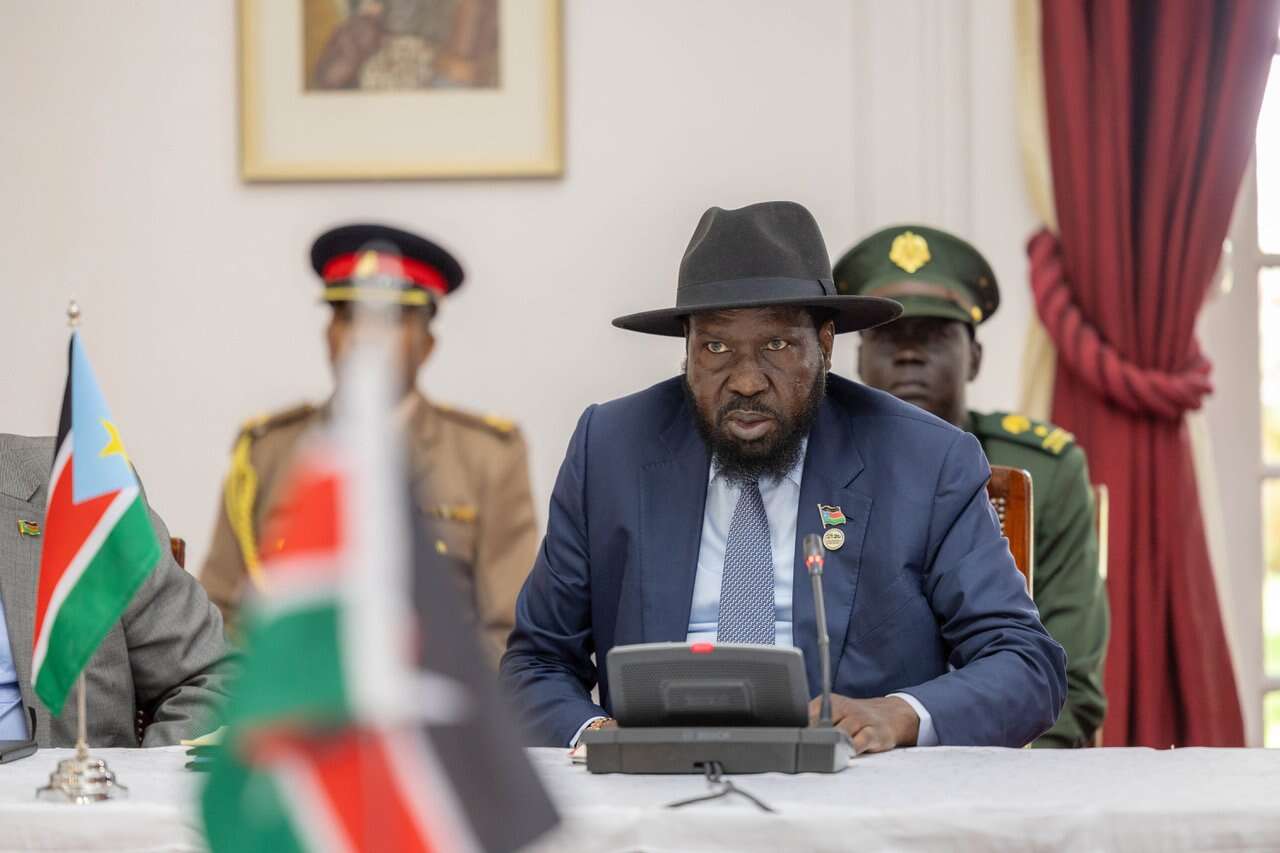A new approach for perpetual peace in Sudan

What you need to know:
But why has it been so challenging to alleviate tensions? At its core, the root cause of social violence is the buildup of collective social stress. Addressing this human issue demands a human-centred solution
Despite ongoing efforts to resolve tensions and stabilise Sudan, long-standing issues remain largely unresolved, and civil war persists.
It is crucial to prevent further escalation and put an end to this 14-month conflict.
But why has it been so challenging to alleviate tensions? At its core, the root cause of social violence is the buildup of collective social stress. Addressing this human issue demands a human-centred solution. (See: “Peace through health: traditional medicine meditation in the prevention of collective stress, violence, and war” published in Frontiers in Public Health).
The best approach to eliminating social problems like war, conflict, terrorism, and crime is to directly reduce societal, collective stress—quickly and efficiently.
Extensive scientific research suggests that the most effective way to reduce collective societal stress, eliminate extremism, and eradicate war, conflict and terrorism is through an ancient strategy. The non-religious approach known as Invincible Defense Technology (IDT), revived by the late Maharishi Mahesh Yogi, has been successfully and quietly used by individuals from many faiths to resolve conflicts in the past. It is now time to consider this brain-based technology to help create lasting peace in Sudan.
We can reduce societal tensions and end the civil war in Sudan by establishing a prevention wing of the Sudanese Military or, if necessary, in the military of a neighboring country. This special unit would be trained in the Transcendental Meditation (TM®) programme and its advanced techniques, including the TM-Sidhi® programme. This IDT approach has been extensively field-tested, even in war-torn regions like the Middle East.
Extensive research has shown that when large groups practice these techniques twice daily, there is a measurable influence of harmony and peace in society: crime rates drop, quality-of-life indicators improve, and war and terrorism decrease. This large group practice appears to create a “field effect of consciousness” that extends to the surrounding population, producing a demonstrable influence of peace.
A study published in Studies in Asian Social Science reviewed previous empirical tests of IDT in Cambodia, India, the Philippines, and other countries. The findings align with earlier peer-reviewed research, showing significant reductions in crime and violence associated with the group practice of the TM and TM-Sidhi programmes.
The World Journal of Social Science published a study demonstrating that when a certain percentage of a population practiced IDT together, multiple stress indicators in the U.S. decreased. Subsequently, when the size of the IDT group decreased, these stress indicators increased again.
Other factors such as economic conditions, political leadership, and demographics were considered but could not account for these results. The consistent pattern of stress indicators decreasing and then increasing in sync with changes in the size of the IDT group strongly suggests that the group itself was responsible for this effect.
Twenty peer-reviewed studies, many of which are listed here, have validated the effectiveness of IDT. Although the exact causal mechanism is not entirely understood, other research has demonstrated that practicing TM enhances EEG coherence (refer to the International Journal of Psychological Studies and International Journal of Neuroscience). This biological effect, combined with the deep rest provided by the practice, helps reduce stress and tension, boosts alertness, and enhances wellbeing and resilience in individuals.
A study in the Journal of Social Behaviour and Personality (JSBP) provides a possible biological explanation for the causality of IDT. Research on the neurotransmitter serotonin indicates that it is involved in feelings of happiness, contentment, and well-being, while low serotonin levels are associated with violence, aggression, and depressed emotional states.
The study found that higher numbers of IDT practitioners in the group meditation correlated with increased serotonin production among community members who were not practicing meditation and knew nothing about the group numbers. The opposite relationship was found for levels of cortisol, a stress-related hormone.
IDT’s global impact was documented in a study published in the Journal of Offender Rehabilitation using data from the Rand Corporation. Between 1983 and 1985, when the size of large IDT assemblies surpassed the threshold predicted to produce a measurable global effect, deaths from worldwide terrorism decreased by 72 percent, international conflict decreased by 32 percent, and violence in other countries was reduced without external government intervention. Military forces are entrusted with the duty of safeguarding their nations. It is their responsibility to rigorously explore practical, scientifically proven methods to eliminate war and terrorism. Military personnel are compensated for their service and the protection of their countries. Given their funding for this purpose, we believe it is incumbent upon nations’ militaries to establish IDT prevention wings within their armed forces.
We strongly encourage any military to promptly implement the IDT approach to stabilise the volatile situation in Sudan. Once this shift occurs, the military that first initiates such a large deployment of IDT would gain international recognition not only for fostering enduring peace domestically but also for their pivotal role in averting escalating global conflicts and potentially safeguarding our endangered planet from extinction.
The authors are Arlene J. Schar, the director of communications at the Centre for Advanced Military Science (CAMS) in the USA and Dr David Leffler, the executive director at the same centre.




